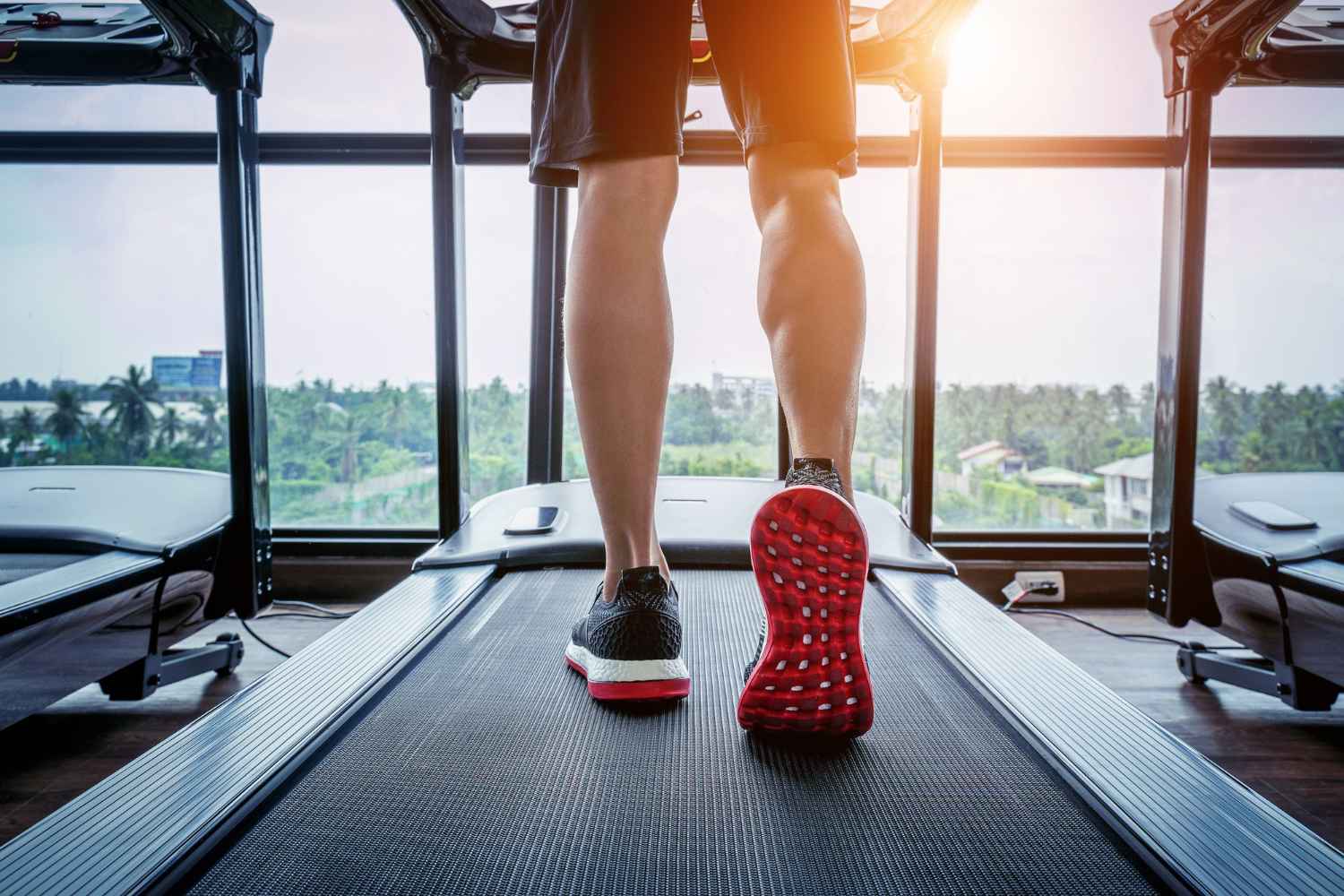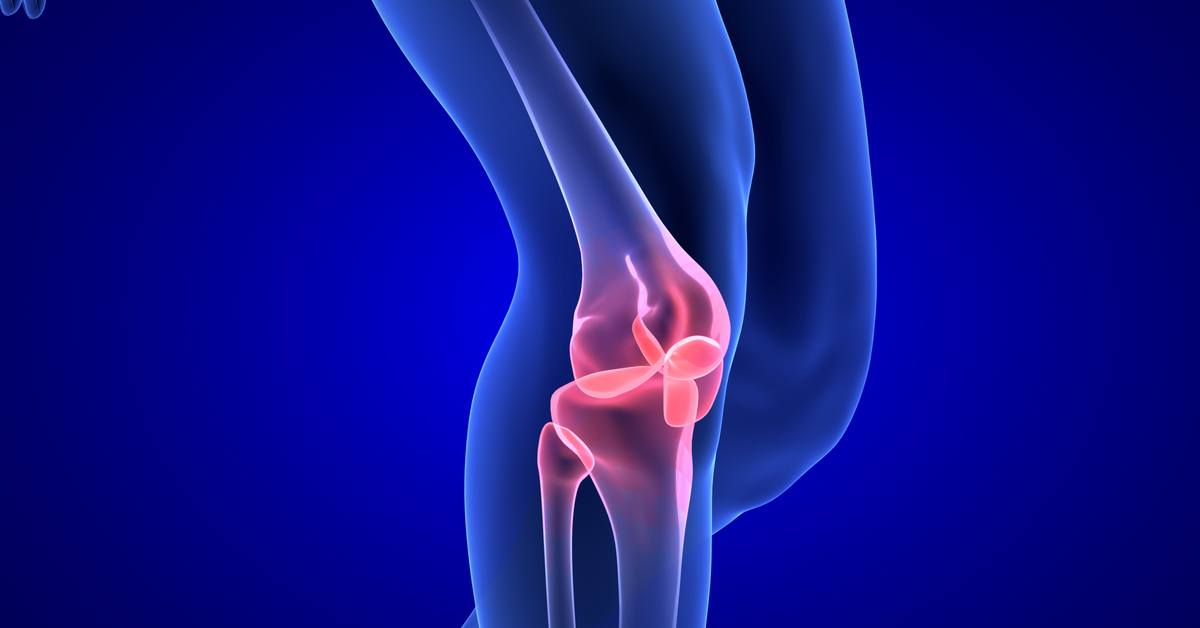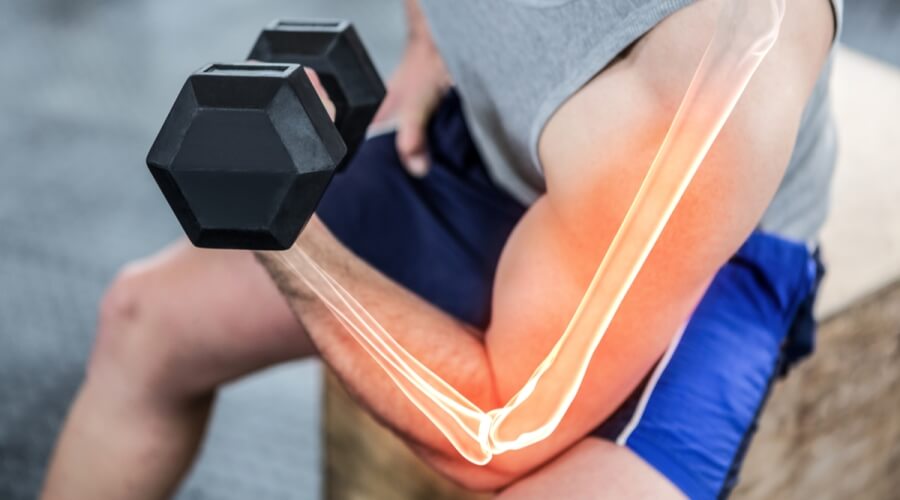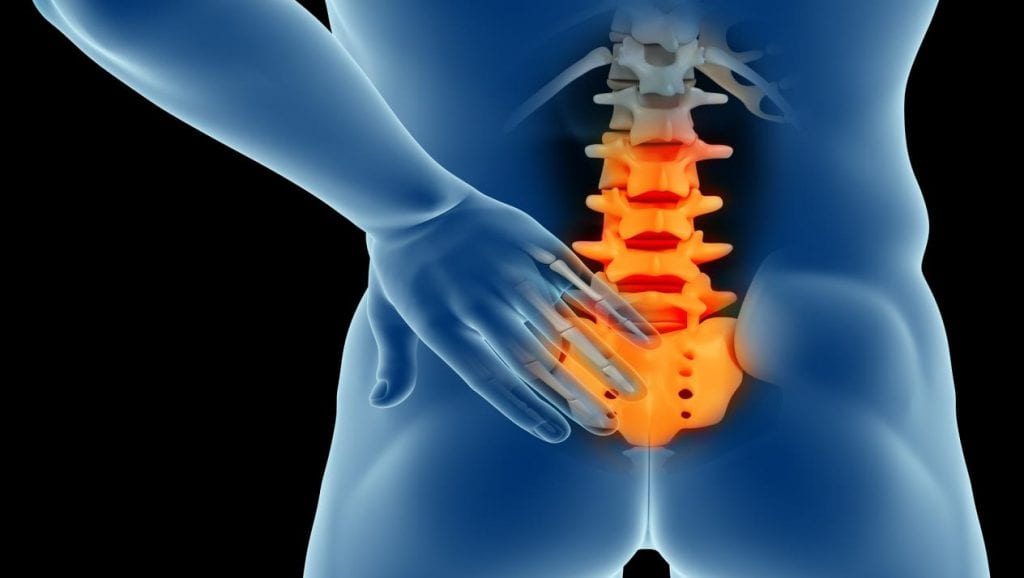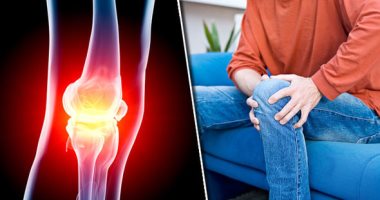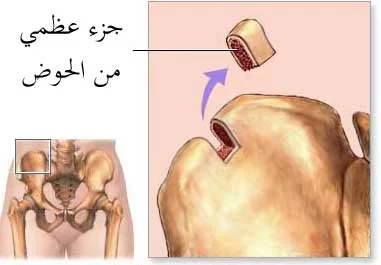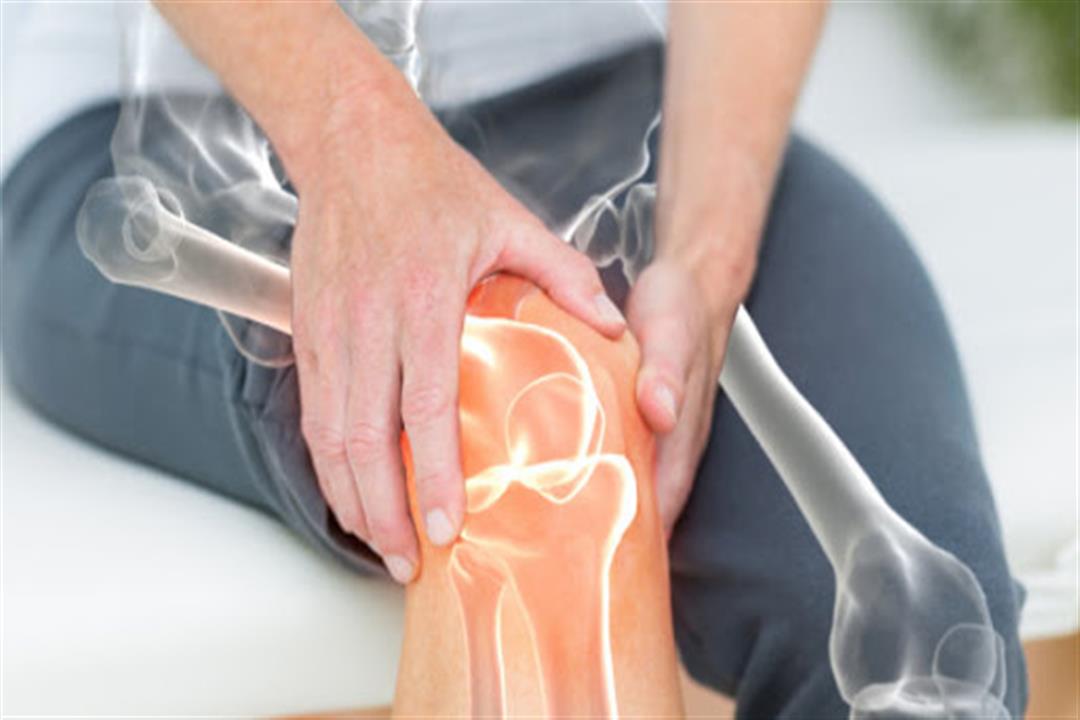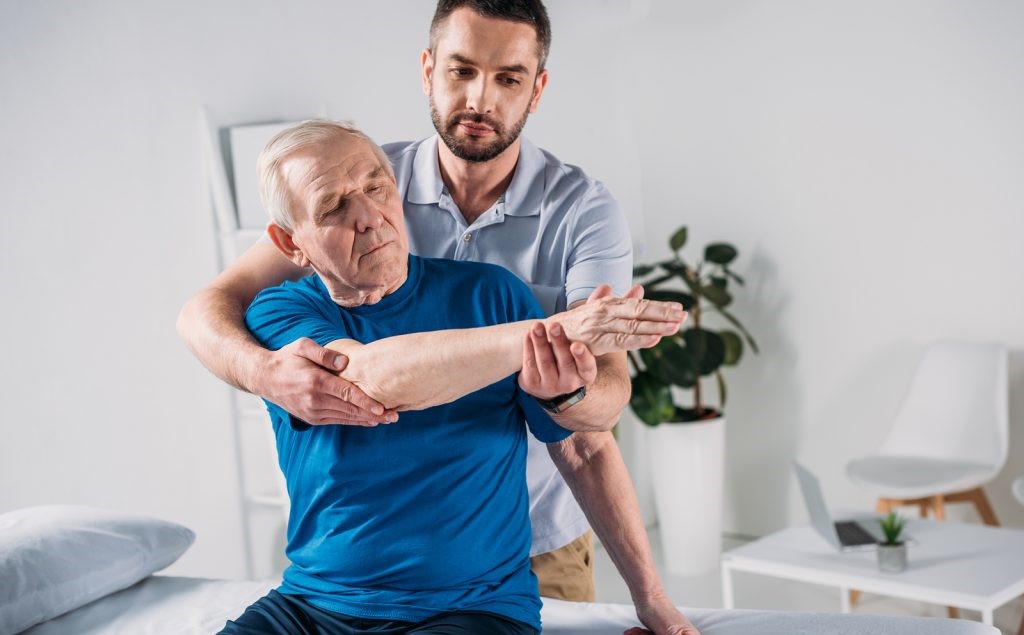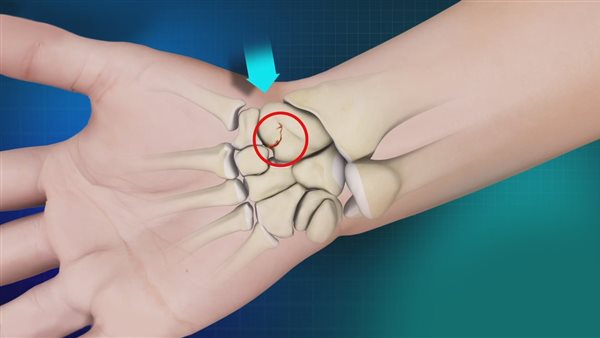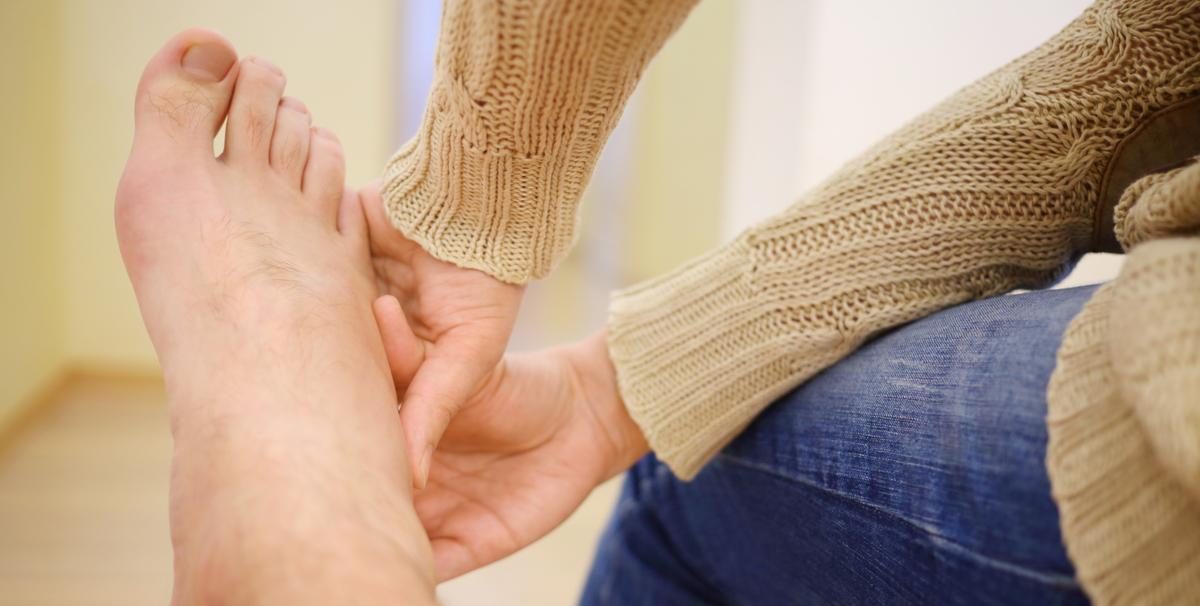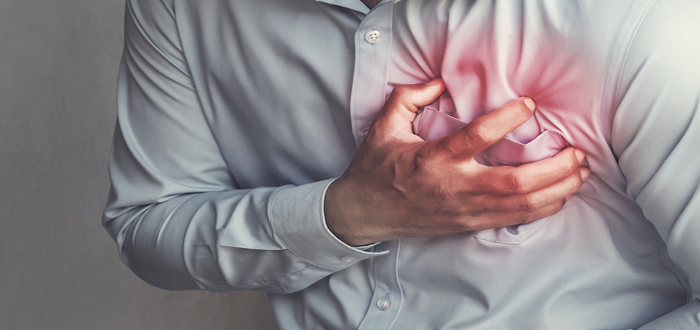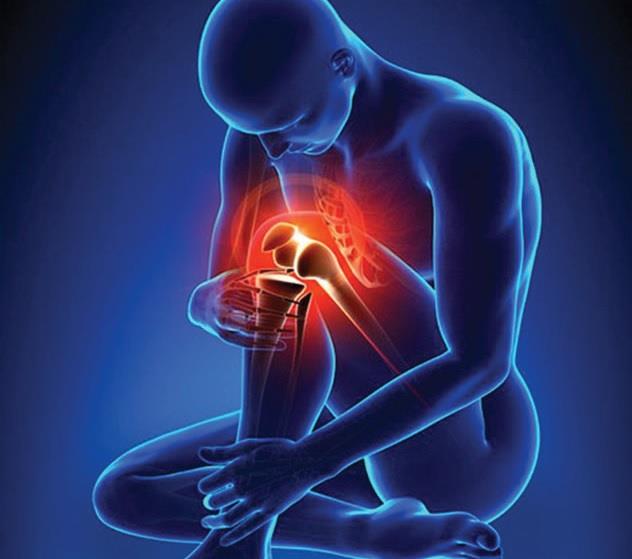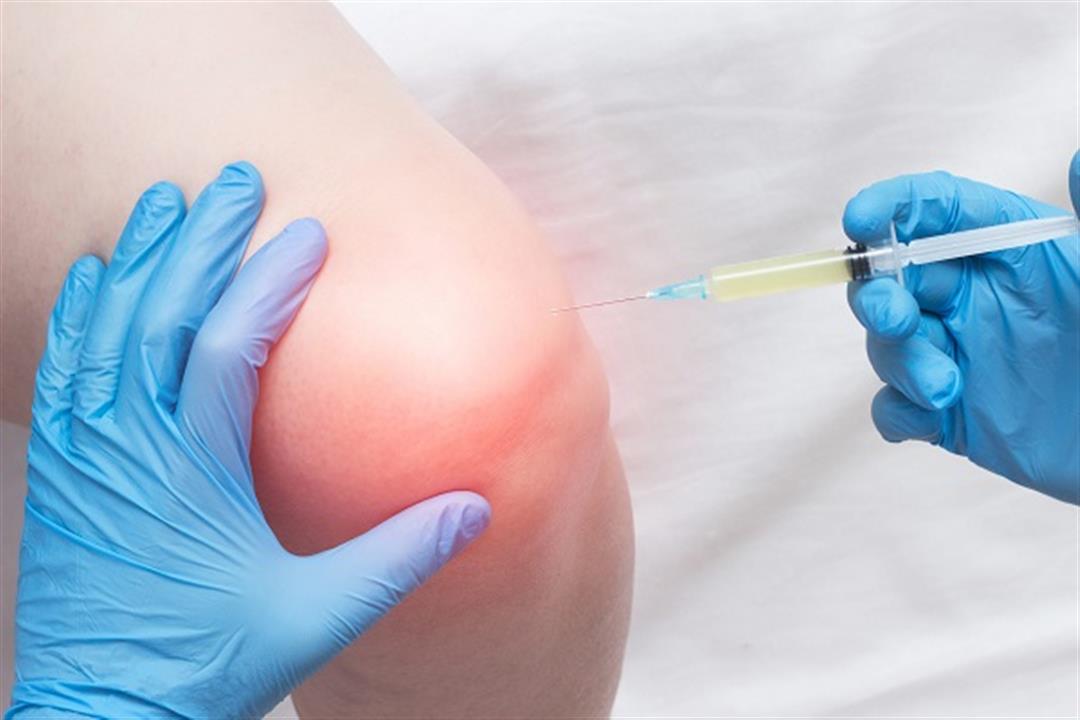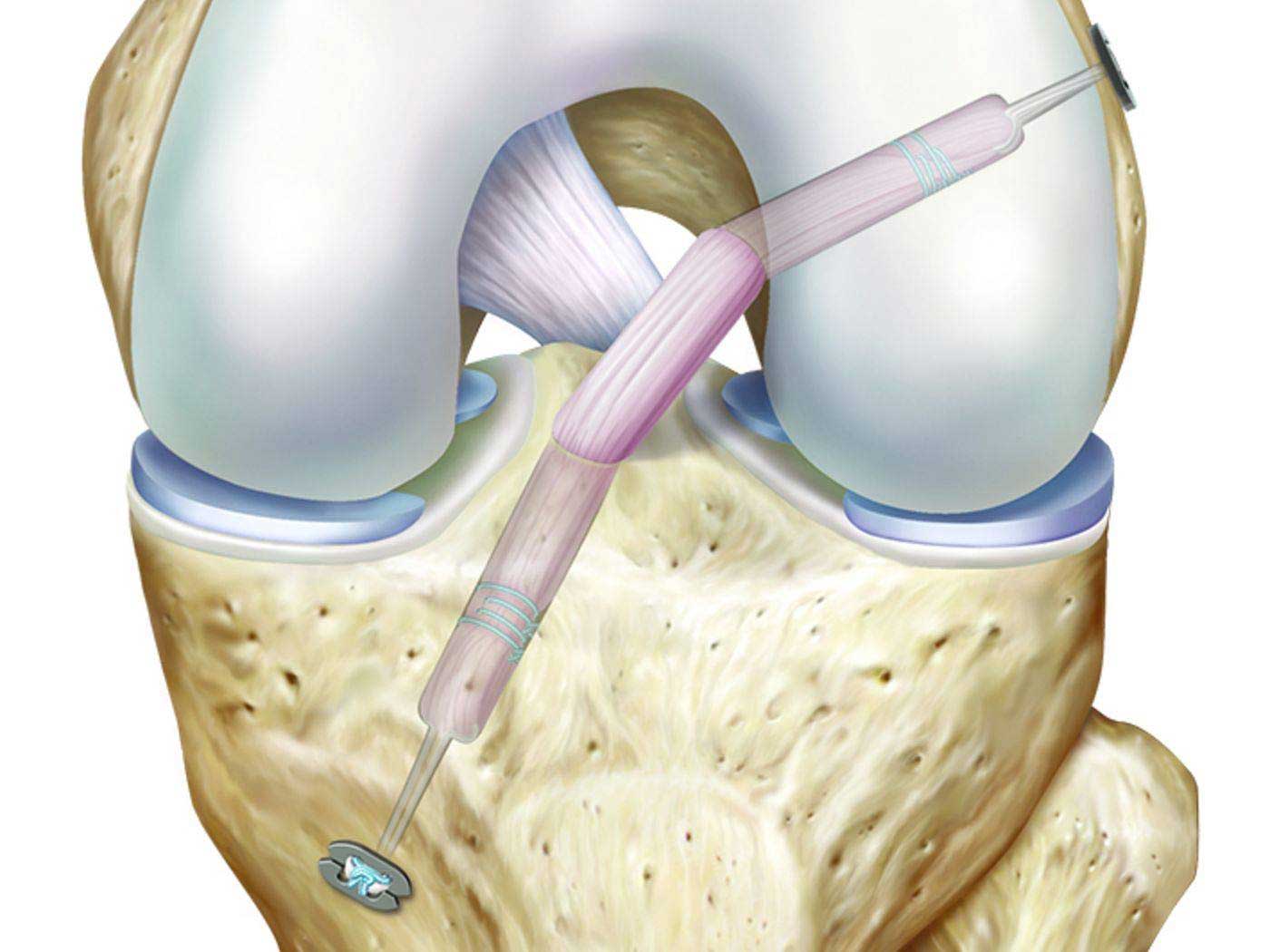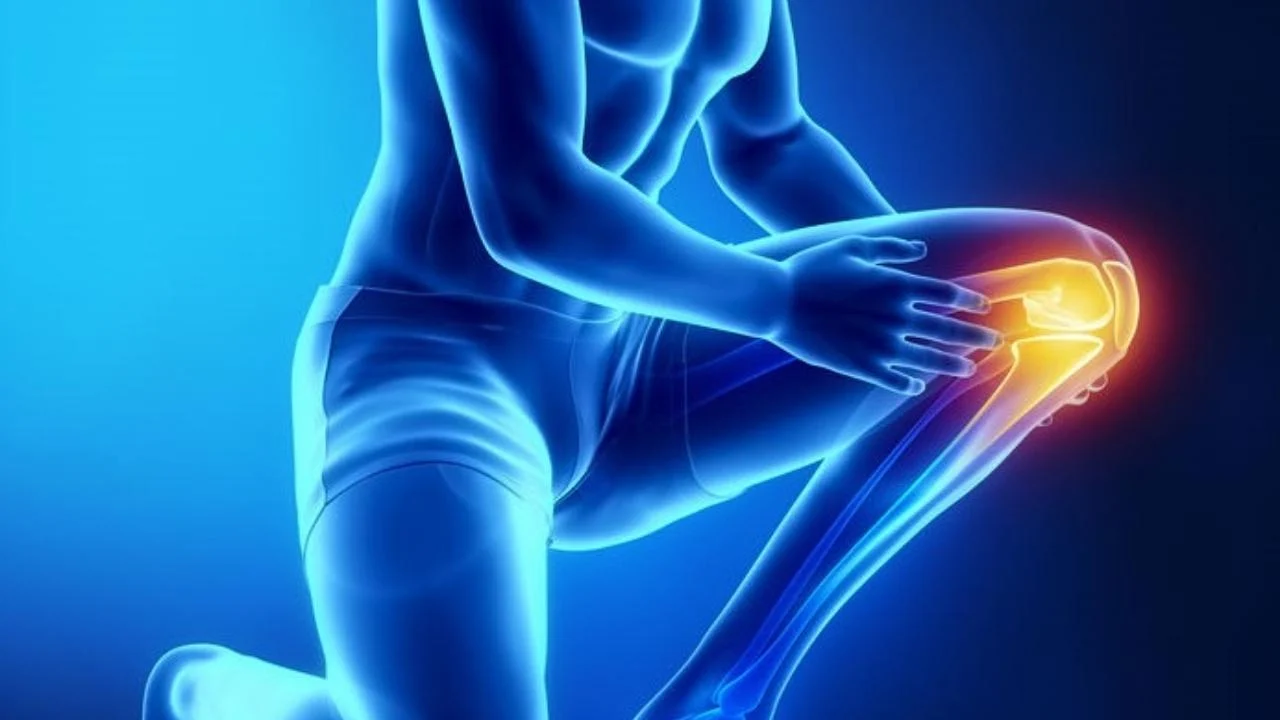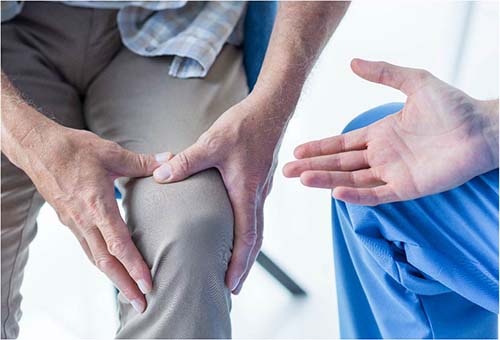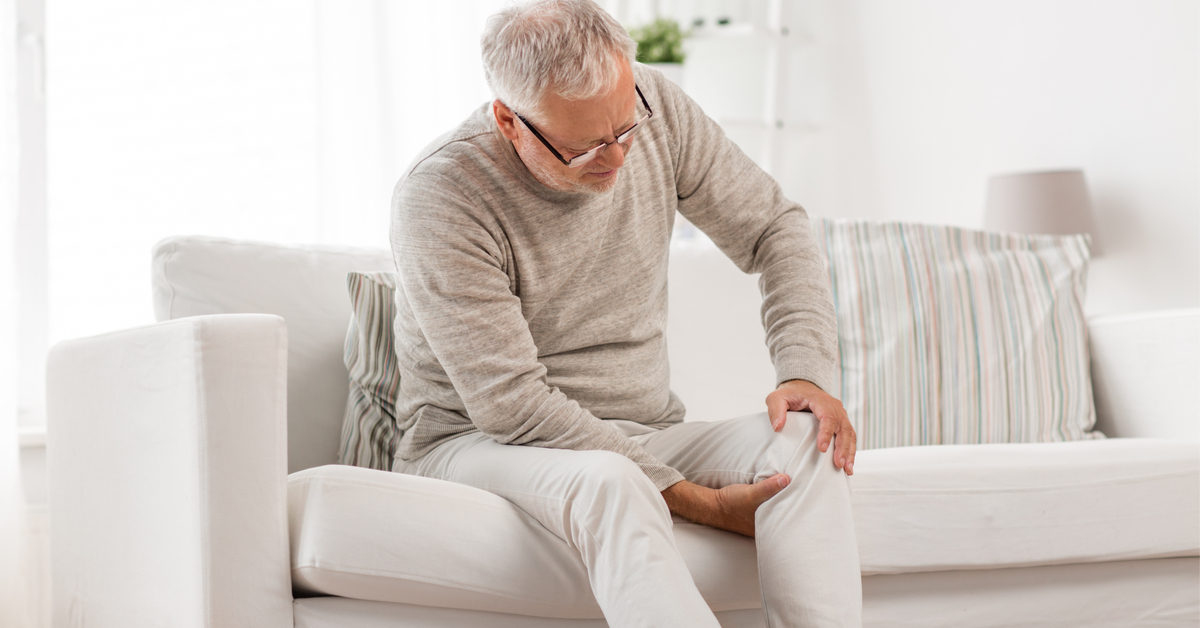Physiotherapy after shoulder arthroscopy
There are many details about shoulder arthroscopy and what is done before and after it is explained in the following article.

Shoulder arthroscopy
Endoscopy is the use of an endoscope in surgeries that are performed for the injured. The endoscope is a medical tube with a light source and a camera at its front. It is done in order for the doctor to identify the internal details of the joint. Shoulder operations can be performed through the endoscope as well.
The shoulder arthroscopy has many advantages that it offers to the patient, including avoiding tissue damage or rupture, and thus the patient is in a better condition and does not need a long time for the wound to heal, and work can be done to improve the condition of the patient in a shorter time and does not cause severe pain to the patient after surgery.
Shoulder arthroscopy steps
For shoulder arthroscopy, the patient must be prepared before it, the necessary examinations must be performed, the type of anesthesia suitable for the patient should be identified, and post-surgical instructions must be discussed. The steps of the operation can be as follows:
- The anesthesiologist starts giving the patient the appropriate anesthesia.
- The surgeon makes several holes in the affected part of the shoulder joint in order for the endoscope to be inserted through one of them.
- The doctor injects a sterile liquid into the shoulder so that the vision is clearer and he can distinguish the exact location of the injury.
- Shoulder surgery uses an endoscope and other small instruments specific to this type of surgery.
- After completing the surgery, the patient returns to the recovery room to complete a comprehensive examination.
The patient can stay in the hospital for a day after the surgery until he starts to improve and is assured that there are no complications from the surgery. His medical staff discusses the postoperative period and how to follow the instructions given by the doctor before the surgery.
Physiotherapy after shoulder arthroscopy
Physiotherapy after shoulder arthroscopy offers many important advantages that the patient needs, including accelerating the recovery process and giving the necessary strength to the muscles in order to reduce the pressure and weight placed on the joint. It also improves the condition of roughness that can affect the cartilage and joint in general after surgery.
Specialist doctors explain that the patient’s physiotherapy program begins after the wound has healed and the patient feels better so that there are no risks to the joint. Simple exercises such as stretching and the intensity of the exercises can gradually increase according to the patient’s ability until he is able to return to his normal activity again.
Shoulder arthroscopy success rate
Arthroscopic surgeries are among the minimally invasive operations that treat the shoulder joint without causing other problems, including tissue damage, and reduce the time it takes for the patient to recover. The success rate of this type of surgery can reach 90% or more in certain cases, but commitment To the instructions of doctors after surgery helps to recover faster.
The duration of the shoulder arthroscopy
How long does shoulder arthroscopy take? Endoscopic treatment is considered one of the safe methods that help the patient return to his normal activity soon. Shoulder arthroscopy may take more than an hour, but it is less than the traditional types of surgery. The patient may be partially anesthetized and discharged from the hospital the day after the surgery.
How long does arthroscopic shoulder tendon resection take?
The operations that can be performed on the shoulder are varied and can be in the joint or in the tendons in it, including the endoscopic shoulder tendon cut, which can take about 120 minutes to be performed. The injured person returns to the recovery room after that and begins the examination that the doctor performs after surgery.

